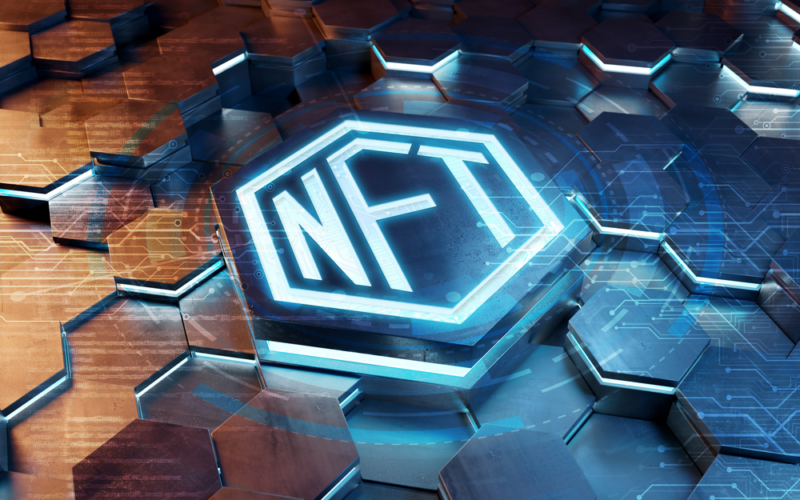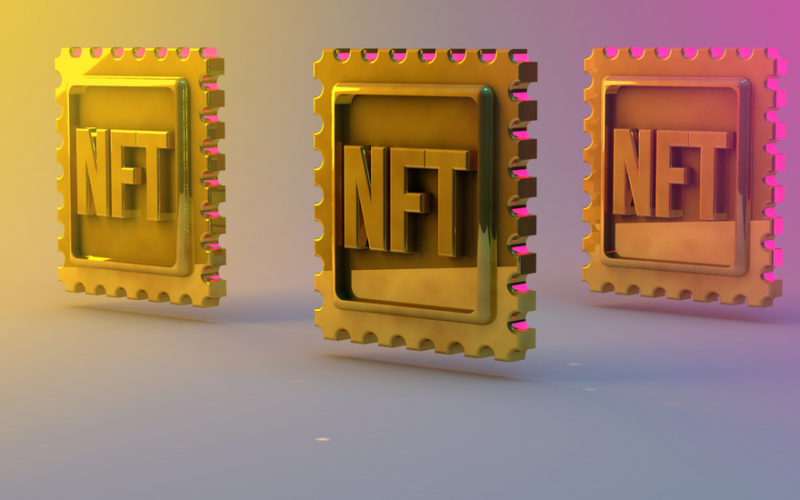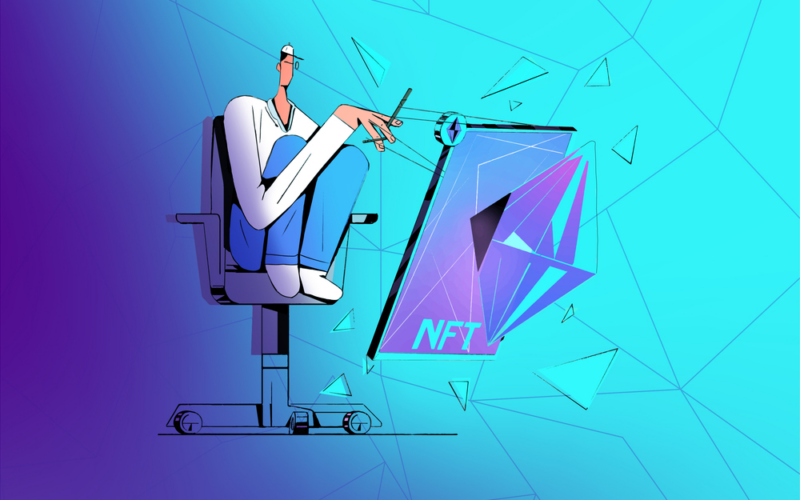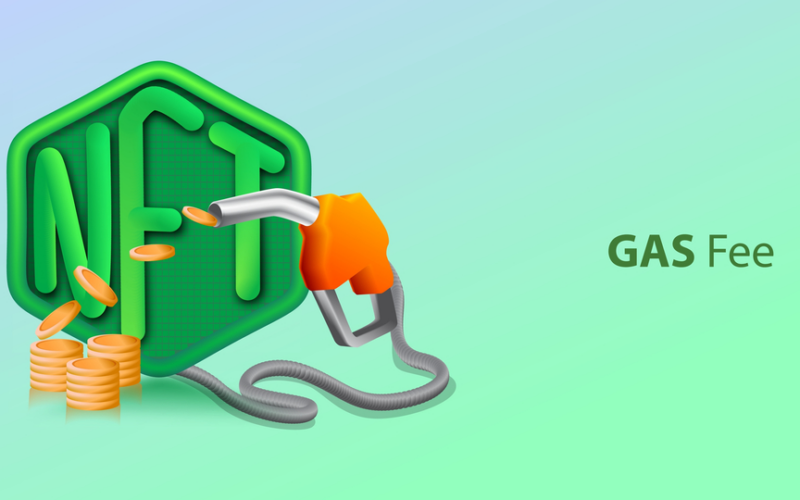
NFT Glossary Deep Dive: Drop
Ellen Britt for CNT #NFT You’ve probably heard the word “drop” used when a musical artist is about to release a new song. Or a new, limited edition of the latest big-name sneakers are about to hit the market. That’s a drop too. Well, the same thing applies in the NFT world, when a new NFT is about to be released to the public. Only this time, the drop is digital. Most NFT drops don’t just come out of the blue but are announced in advance so that as many people as possible will have a fair share at nabbing them. But there are many…


































